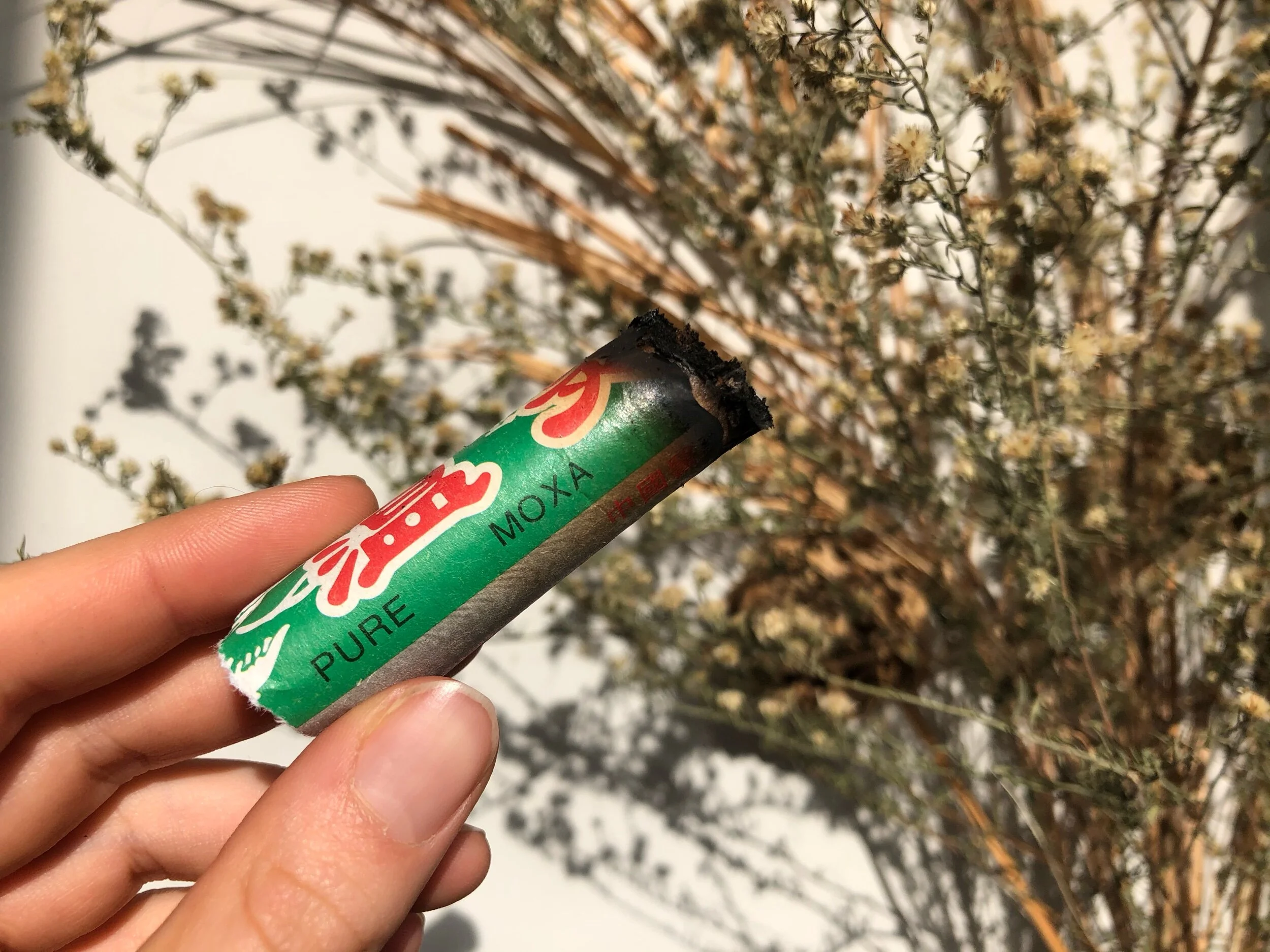Yin Yoga combines traditional poses of Hatha Yoga, Five Element Theory of Chinese Medicine, and mindfulness meditation of Tibetan Buddhism to create a potent movement therapy. It is a relatively new practice based on ancient wisdom traditions. Yin yoga physically targets the fascial trains or energetic channels to stretch and unwind connective tissue. It also incorporates an exploration of stillness and relaxation in each pose, or asana. This style of yoga offers balance to the body, mind, and spirit.
The principles of yin yoga are slowness, relaxation, and stillness. Traditional yoga poses are held for 3-5 minutes. Slowing down like this allows the pose to work deeper than the muscles and target the important connective tissue, or fascia, and the joints. At 2 minutes, the fascia begins to unwind, release, and become more fluid-like. However it is important that we apply the second principle- relaxation- in order to ‘get to’ the fascia and joints. When the muscles are relaxed, the fascia can more easily unwind.
The final principle of yin yoga is stillness. When a comfortable position is found, we commit to stillness of the body and mind for the length of the pose. This is where various techniques and theories of mindfulness meditation come in to encourage self awareness, radical acceptance and embodied presence. The concept of being present and meeting what arises with equanimity is a practice we can use throughout practice and during daily life. In this way, yin yoga can be utilized as a powerful self-inquiry tool and spiritual practice.
Yin yoga asana is categorized based on what facial train or channel it targets. The channels, or energetic pathways, are connected to the Five Element Theory of Chinese Medicine. Each channel corresponds with an element, emotion, theme, organ, and specific energy. Utilizing yin yoga asana, we explore how these different elements and their corresponding channels show up physically in the body, as well as mentally and emotionally. Working with the fascia, we encourage the natural healing abilities of the body to restore balance and harmonize the energies of these elements within oneself on all levels.
Yin yoga is a slow, still, and relaxed style of meditative movement that supports mindfulness on and off the mat.




